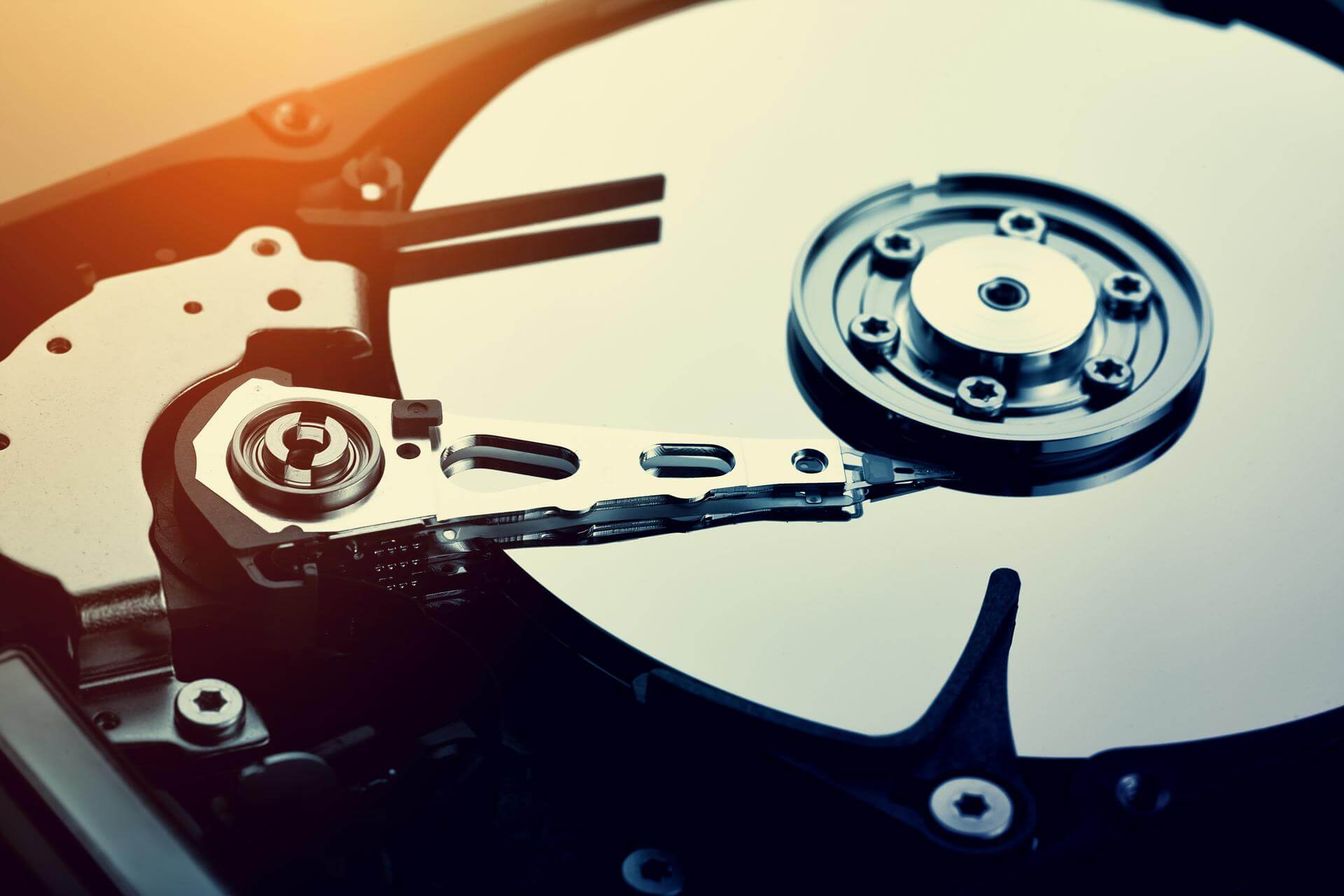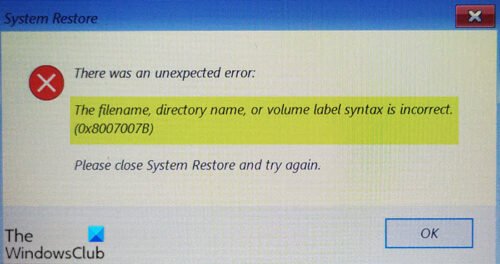an incorrect volume label was entered for this drive что делать
What does “Enter current volume label for drive C” mean?
On every version of Windows you can assign a specific label to your hard drive partition so you can easily distinguish it from other hard drive partitions. However, Windows 10 users reported that they are getting Enter current volume label for drive C message, so let’s see what does this message means.
What does Enter current volume label for drive C mean?
As we previously mentioned, every storage device, such as your hard drive or USB flash drive, can have one label assigned to it. By default, every storage device has a drive letter, but you can also assign a label to a hard drive partition or to a USB flash drive.
This is extremely useful if you have several hard drive partitions available and you need to distinguish them easily. For example, you can name one of your partitions Backup or Work and use it to only store your backup or work related files.
In addition to better organization of your files, using labels can also be helpful while making changes to your hard drive. For example, if you’re formatting your hard drive or making any major change to it, it will be a lot simpler to find the drive that you want to modify by using its label.
These are just few examples on how to use labels, and if you didn’t use them before, you might want to start now.
While making certain changes to your hard drive you might get Enter current volume label for drive C message, and this means that you need to enter the correct label for the drive that you’re trying to modify.
There are several ways to find your label, and today we’re going to show you how to do it properly.
1. Use a third-party partition manager
If you need to better manage your partitions in order to increase work efficiency, or simply to avoid the issues then you will need a third-party partition manager.
While generally, you could do that with Windows’ built-in tools, they can only be done when resetting the PC, and they always involve formatting the driver completely.
However, this isn’t the case with Aomei Partition Assistant. This tool will let you create new partitions that you can rename in whatever way you want, you can then split them, merge them, delete them, and pretty much anything else you can think of just witha few clicks.
More so, you don’t have to worry about losing the data on the partitions you are rearranging, since it is all still 100% safe.
AOMEI Partition Assistant Professional
Create, manage, rename, merge, and delete your partitions safely and effortlesly with this amazing tool.
2. Check it from This PC
If you want to modify your volume label, simply do the following:
You can easily assign any label to your storage device simply from This PC.
3. Use CommandPrompt
If you need to find your volume label, you can use Command Prompt. Finding your volume label with Command Prompt might be a bit more complex, but in some cases, you might have to completely rely on Command Prompt and use it to make changes to your hard drive.
Now that you know how to find your disk label, you should be able to fix the Enter current volume label for drive C message. According to users, you just need to enter your volume label when this problem occurs and press Enter.
If you don’t have a volume label assigned, you can simply leave it blank and press Enter. According to users, this error mostly occurs when you’re trying to convert FAT32 drive to NTFS drive using convert command in Command Prompt.
In some rare cases this message can appear if your volume label is corrupt, and if that’s the case, you might have to reformat that partition in order to fix this error.
Keep in mind that formatting your partition will delete all files from it, therefore be sure to create a backup. To format your partition using Command Prompt, do the following:
We have to warn you that diskpart is an extremely powerful tool and almost all changes performed with this tool are irreversible, therefore use extra caution and make sure to double check everything before proceeding.
Another way of format your partition is to open This PC and use the format option. To do that, follow these steps:
Once again, formatting will remove all files from a certain partition, so be sure to back them up before you proceed.
Enter current volume label for drive is usually not an error, and in most cases you just need to find your volume label and enter it in order to proceed. If your volume label is corrupted for some reason, you might have to format your partition in order to fix this problem.
Способы восстановления флеш-накопителей
Восстановление флеш-накопителя
На просторах интернета можно отыскать множество программных продуктов, предназначенных для возврата к жизни нерабочих флешек. Существуют как универсальные программы, так и фирменные утилиты от производителей накопителей. Рассмотрим несколько способов с применением разного софта.
Способ 1: HP USB Disk Storage Format Tool
Первой в очереди будет HP USB Disk Storage Format Tool. Данная программа способна «увидеть» неопределяемые системой накопители и произвести операции по восстановлению.
Установка
Процесс восстановления
Для начала попробуем произвести сканирование и исправление ошибок.
Для того чтобы восстановить флешку после неудачного форматирования, её необходимо отформатировать заново.
Если накопитель объемом 4ГБ и меньше, имеет смысл выбрать файловую систему FAT или FAT32.
Если необходимо восстановить (попытаться) записанную на флешке информацию, выбираем быстрое форматирование, если же данные не нужны, многопроходное.
Следить за течением операции можно в журнале программы.
После того как процесс будет завершен, накопитель должен появиться в папке «Компьютер» и в «Проводнике».
Данный способ позволяет быстро и надежно восстановить USB флешку после неудачного форматирования, программных или аппаратных сбоев, а также кривых рук некоторых пользователей.
Способ 2: EzRecover
EzRecover позиционируется разработчиками исключительно как инструмент для восстановления «убитых» накопителей. Программа может вернуть к жизни флешку, если Windows «видит» её как «Security Deviсe», вообще не определяет или показывает объем, равным нулю в свойствах. Условием для применения утилиты является ограничение объема накопителя не более 4 ГБ.
Установка
Процесс восстановления
C:\Program Files (x86)\Prolific\EZ_Recover
Способ 3: Фирменные утилиты
Многие производители флешек разрабатывают собственные программы для восстановления своих накопителей. Если для вашего устройства существует такой софт, то рекомендуется пользоваться именно им для достижения максимальной эффективности. Ниже мы приведем ссылки на инструкции по использованию фирменных утилит от разных производителей.
Мы привели три способа восстановления флешек с помощью программ. Если производитель вашего накопителя озаботился разработкой собственного софта, рекомендуем воспользоваться именно им. В противном случае можно попытать счастья, обратившись к универсальным продуктам.
Помимо этой статьи, на сайте еще 12397 инструкций.
Добавьте сайт Lumpics.ru в закладки (CTRL+D) и мы точно еще пригодимся вам.
Отблагодарите автора, поделитесь статьей в социальных сетях.
Восстановление флэшки
Какие есть советы?? Как снять защиту от записи и как отформатировать флэшку??
27.02.18 08:53 Ответ на сообщение Восстановление флэшки пользователя Директор_Мира
27.02.18 09:18 Ответ на сообщение Re: Восстановление флэшки пользователя Full
A volume label is required to format a disk.
Starting format disk for H:
H:\ Appears to be Unformatted or No Drive
H:\ Starting to Format Drive
Format Disk: FS Not Supported
Format Disk: Unable to Finish
Format disk operation failed
Жаль! Но комп и все проги, которые я пробовал флэшку определяют. Видят её размер, диод на ней горит, а когда к ней обращаешься начинает мигать.
Description: [H:]Çàïîìèíàþùåå óñòðîéñòâî äëÿ USB(Flash USB Disk)
Device Type: Mass Storage Device
Protocal Version: USB 2.00
Current Speed: High Speed
Max Current: 100mA
USB Device ID: VID = 1221 PID = 3234
Serial Number: 3727025AD4E8754213385
Device Revision: 0000
Manufacturer: Flash
Product Model: USB Disk
Product Revision: 2.F0
Controller Vendor: micov
Controller Part-Number: MXT8208
The filename, directory name, or volume label syntax is incorrect (0x8007007B) – System Restore error
The error message The filename, directory name, or volume label syntax is incorrect with error code 0x8007007B is one of the System Restore errors you might encounter when you attempt to carry out a System Restore operation on your Windows 10 device. This error pops up when exiting the System Restore applet after you must have manually created a restore point. In this post, we will identify the potential cause of this error as well as provide the most suitable solution you can try to successfully resolve the issue.
When you encounter this issue. you’ll receive the following full error message;
System Restore
There was an unexpected error:
The filename, directory name, or volume label syntax is incorrect.
(0x8007007B)
Please close System Restore and try again.
The filename, directory name, or volume label syntax is incorrect (0x8007007B)
This error occurs because the system is set to place a restore point to an invalid path or location.
A disk that is valid for a restore point must meet the requirements below.
A restore point might take up as much as 15% of the total available space available on each disk, but it will delete old restore points if it is necessary in order to make room for the new restore point.
So, if you’re faced with this issue, to resolve it, you need to set the Restore Point to a valid path.
You can now create a restore point and see if the error still occurs.
If the issue is resolved, other Available Drives can be selected if they appear to be valid (with a graphic icon).
If you intend to protect all Available Drives, it is recommended that you add only one disk at a time and test System Restore until you have determined which of the listed Available Drives is not valid.
Hope you find this post helpful!
Date: December 14, 2020 Tags: System Restore
An incorrect volume label was entered for this drive что делать
This forum has migrated to Microsoft Q&A. Visit Microsoft Q&A to post new questions.
Answered by:
Question
Here is my command: format /FS:FAT32 /V:FAT32
I will continue searching for examples. Haven’t found any yet.
update: disregard. I called WD customer service and they had me do it using disk management. That is a better idea anyway.
update 2: The only 2 choices are NTFS and exFAT. Is exFAT compatible with FAT32?
Answers
For volume needs to be first I would say looking at the help for the format command
«Formats a disk for use with Windows.
How big is the drive? If the drive is over 32GB, FAT32 will not work. You have to use one of the other formats.
All replies
Appears to me you are missing the Volume to format. So;
from an admin command prompt works for me to format my E: drive FAT32. Enter format /? for help.
I attempted this statement.
format /FS:FAT32 /V:FAT32A G:
The result is «Enter current volume label for drive G:FAT32»
I typed in fat32. Then it says an incorrect volume label was entered for this drive.
WD support doesn’t understand command prompt, and disk management doesn’t understand FAT32, only offering NTFS and exFAT.
I attempted using my Vista computer also, but it says some sort of device driver needs to be installed and I could not get the driver from wdc.com
For volume needs to be first I would say looking at the help for the format command
«Formats a disk for use with Windows.
How big is the drive? If the drive is over 32GB, FAT32 will not work. You have to use one of the other formats.
Was your issue resolved?
If you resolved it using our solution, please «mark it as answer» to help other community members find the helpful reply quickly.
If you resolve it using your own solution, please share your experience and solution here. It will be very beneficial for other community members who have similar questions.
If no, please reply and tell us the current situation in order to provide further help.

















